Kennedy Wilson Fine-Tunes its Portfolio
Kennedy Wilson CEO William McMorrow discussed the company’s 2018 investment strategy and targets, as well as the moves that transformed the 40-year-old former auction company into a global market player.
By Alexandra Pacurar
It’s been 30 years since William McMorrow and his partners purchased Kennedy Wilson. Back then, the auction company had one office in Southern California, 11 employees and $57,000 in capital. Fast-forward to 2018, and the global company has 27 offices around the world, with assets in multiple markets across the western U.S.—including hotspots such as Seattle and the booming Boise, Idaho—as well as in Ireland, the U.K., Spain and more.
Now CEO of Kennedy Wilson, McMorrow offered Commercial Property Executive his insights on the company’s goals for the next few years, West Coast growth markets and Europe’s office investment climate.
What are Kennedy Wilson’s goals for 2018?
McMorrow: We are actively growing, and there are a variety of partnerships that we are looking to create with some other institutional investors. We do believe that, even though we are expanding the business, we’re investing a lot of money into land adjacent to properties we already own and we have almost $1.5 billion in construction going on right now. On the five acres of land adjacent to the State Street building in Dublin, which is leased for 15 years, we are building a $500 million mixed-use development called Capital Dock. … We have ownership interest in 390 properties already—and they’re big properties—so we are constantly putting capital back into (them) and increasing the income streams.”
(In addition to) the assets that we already own, we are always keeping an eye out for an opportunity. Whether it’s the stock, art, real estate or rare product market, prices across these asset classes are elevated, so you have to be careful not to buy into something that isn’t going to make sense in the long term.
Because of our size and our reach, we always find opportunities. Last year, we bought $1.3 billion worth of assets, down slightly from the year before. We were generally averaging around $3 billion in asset purchases each year. I would guess this year we will probably end up coming in right around last (year’s volume). But last year, we also sold $1.9 billion in assets, so we were net sellers.
In October 2017, six months after the initial announcement, Kennedy Wilson completed its merger with Kennedy Wilson Europe (KWE), resulting in an $8 billion global real estate platform. What can you tell us about this transaction?
McMorrow: We paid $1.5 billion to buy the 76 percent of KWE that we didn’t own. Now it’s all consolidated into one balance sheet.
What is your take on the West Coast’s increasingly popular non-gateway markets?
McMorrow: A growing smaller market on the West Coast is Salt Lake City. It has an (increasing) population, housing affordability and great quality of life. The same thing is true for Boise, Idaho. It’s a small city of only 250,000 people, but it’s considered the (top) growing small city in the U.S.
Here in the U.S., in my opinion, you have two really good real estate markets: the East Coast and the West Coast. Everything else in between, in my opinion, is not easy to make money in, (and) we happen to be lucky enough to be on the West Coast. It’s a growing market with growing populations. (Plus), the state of Washington has no state income tax, and Utah has a very low state income tax (at just) 5 percent.
Kennedy Wilson was an early mover into budding markets such as Seattle, which are now booming tech hubs with strong housing demand. How have these markets changed, and how will they continue to evolve?
McMorrow: Our whole strategy was to get into markets either that were out of favor or that we felt had very strong growth potential over a long period of time. We went to Japan in 1994 and Ireland and the U.K. primarily in 2010. At the time, there was a banking crisis going on in (all three) areas. In the U.S., we’ve gone into markets outside of our home base (of) Los Angeles—places like Seattle, the biggest (city) where we’ve gone. We started there almost 15 years ago, before it was recognized as a growth market.
What took us to Seattle, Salt Lake City and San Francisco was job creation and also an outstanding education system producing bright young people that particularly tech companies want to hire. All the countries that we are in have a common characteristic: very strong education systems. Most of the markets we are in are constrained in terms of land availability, and—particularly in the U.S.—there is a high barrier to entry in getting projects approved in California, Washington and, to a lesser extent, Salt Lake City. (Also), there has to be a good-size banking system in position to finance the things that we want to do.
To what extent are these markets at risk of becoming overheated?
McMorrow: There is always a risk, but as long as you’re generally a first mover in most of those markets that we’ve gone into, you tend to get very good buying opportunities. There’s a bit of a herd instinct in our business. Just like it happened in Ireland. In 2010, we were the only buyers there, so we were able to buy at significant discounts. Within two to two-and-a-half years, every private equity firm in the world was looking at Ireland, and so prices started rising. But we already bought what we wanted to buy, and we’re probably the largest commercial real estate owner in Ireland. We just sold a building that we’re constructing to J.P. Morgan for (its) European headquarters, and we just leased two large buildings in Ireland to Indeed, a Japanese company.
Which additional U.S. cities is Kennedy Wilson eyeing?
McMorrow: I would say we’re more focused on growing in (our current) markets. Our primary markets are the East Bay of San Francisco; Portland, Ore.; Seattle; Salt Lake City; Los Angeles; and Boise, Idaho. In Europe, our principal markets are Dublin and the U.K.
Given its presence in Europe, how does Kennedy Wilson plan to handle the impact of Brexit?
McMorrow: In the U.K., to be fair, we haven’t really seen any impact of Brexit on rents or on occupancy levels in any of our properties. As much rhetoric as has been around it, it’s been a non-event in the U.K.
However, Ireland is benefiting greatly on the real estate side from Brexit and has become the preferred place for companies to relocate, but I think you have to put it in context, too. There are 525,000 financial services jobs in the U.K., and in my opinion, it could be less than 10,000 of those jobs that are going someplace else—only 2 percent. The impact that Brexit is going to have in the U.K. is exaggerated.
Having said that, J.P. Morgan is moving 500 people into the building that we sold to them (at Capital Dock in Dublin … in addition to) the 500 people that they already have there, so it’s been positive for us in Ireland, for sure.
It’s like the tax bill here in the U.S. The tax bill clearly will benefit shareholders with a lower tax rate. For the real estate business, I think (the impact of the tax bill) is going to be pretty (minor). In the end, I don’t think anybody can predict what the outcome of Brexit is going to be. For all I know, there could be another vote.
What is the role of 1031 exchanges in Kennedy Wilson’s portfolio strategy?
McMorrow: Any long-term real estate investor in the U.S. generally avails himself of (the 1031 exchange). It’s not a tax forgiveness (but) a tax deferral. Last year, we were able to make some significant gains in a couple of property sales that we did—apartment buildings—and we exchanged those on a tax-deferred basis (for) five other assets, two of which are in Seattle and three in Portland. All we were trying to do in these transactions was upgrade the quality of the assets that we exchanged out of and improve the age of the properties. We bought a property in Seattle last year that was actually brand new, but the money that we used for that came out of a property that was built in the 1960s.
Kennedy Wilson’s affordable housing footprint is growing. What opportunities do you see in that sector?
McMorrow: In housing, throughout the world, affordability is becoming a major, major issue. And so, we see affordable and senior housing as an extremely great growth opportunity here in the U.S.
But it’s slightly more complicated because of the tax credits. There are compliance issues because you have to make sure that you haven’t exceeded (certain) parameters. You can’t have someone under 55 (in senior housing). There are more restrictions in terms of renting, but we like the fact that there aren’t as many people involved in it because that gives us less competition.
The beauty of (the affordable housing) business—and this was also preserved in the tax bill—is that you’re able to sell tax credits, so the equity to build those properties for an owner is fairly minimal. You sell these tax credits, which provide the equity to build the properties, but they are first-class properties. We own a market-rate building, and right next door to it is an affordable building. They’re both brand new. If you look at them, you won’t be able to tell the difference.
I walked into one of those units in Seattle a few months ago. It had just been leased to a young couple. The wife was going to law school at the University of Washington, and the husband worked at Boeing. … These are generally younger people who qualify from an income perspective to get a lower rent.
We’ve got 3,000 affordable units under construction, and over time that business will get up to 15,000 or 20,000 units. We have 27,000 units—including market-rate, senior and affordable—that are under construction, and our goal over the next three to five years is to get to 40,000 units.
What other asset types are you targeting for investment?
McMorrow: When you look at what we own and what we’re willing to own, in all the markets we are in, we like the apartment business. You’ve got a group of Millennials who in many cases don’t want to own a house, so the sacred cow of “you should all own your house” is just not true anymore. So you have homeownership in most countries and cities actually declining, but you’ve also got growing populations, and there’s no way to build housing fast enough.
We like the office business particularly in Europe because of the length of the leases that you are able to achieve. Here in the U.S., the general average lease is five to 10 years, but in Europe your leases can be 10 to 25 years. We just did a major office (deal) in Ireland (the construction of the 129,300-square-foot Baggot Plaza office building in Dublin), and 25-year lease with (Bank of Ireland).
Those are our two main asset classes: multifamily and office. We’ve ended up with some higher-end hotels because most of the things that we have purchased we’ve generally bought from financial institutions. In the past eight years, at purchase price, we have bought almost $21 billion worth of real estate or real estate-related debt, and I would say that 75 percent of that was purchased off market from a financial institution.
Images courtesy of Kennedy Wilson
You’ll find more on this topic in the May 2018 issue of CPE.

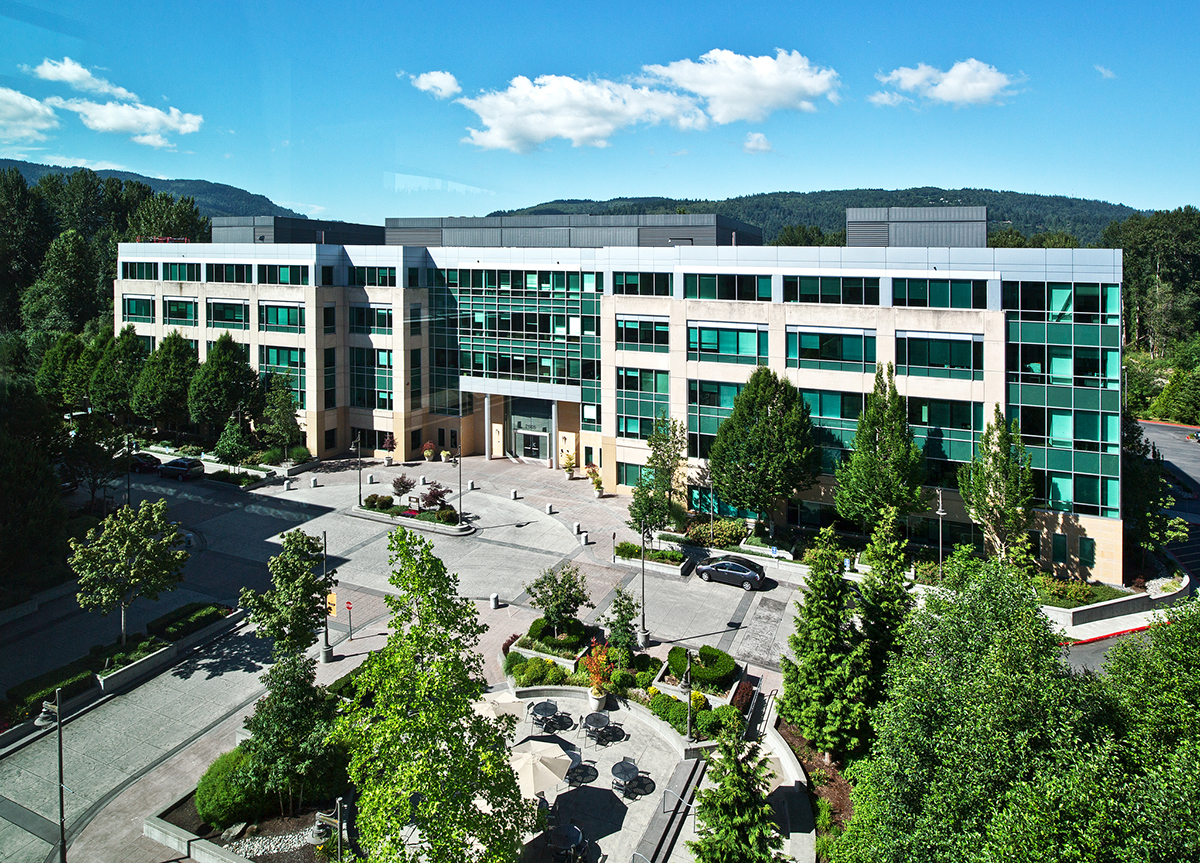
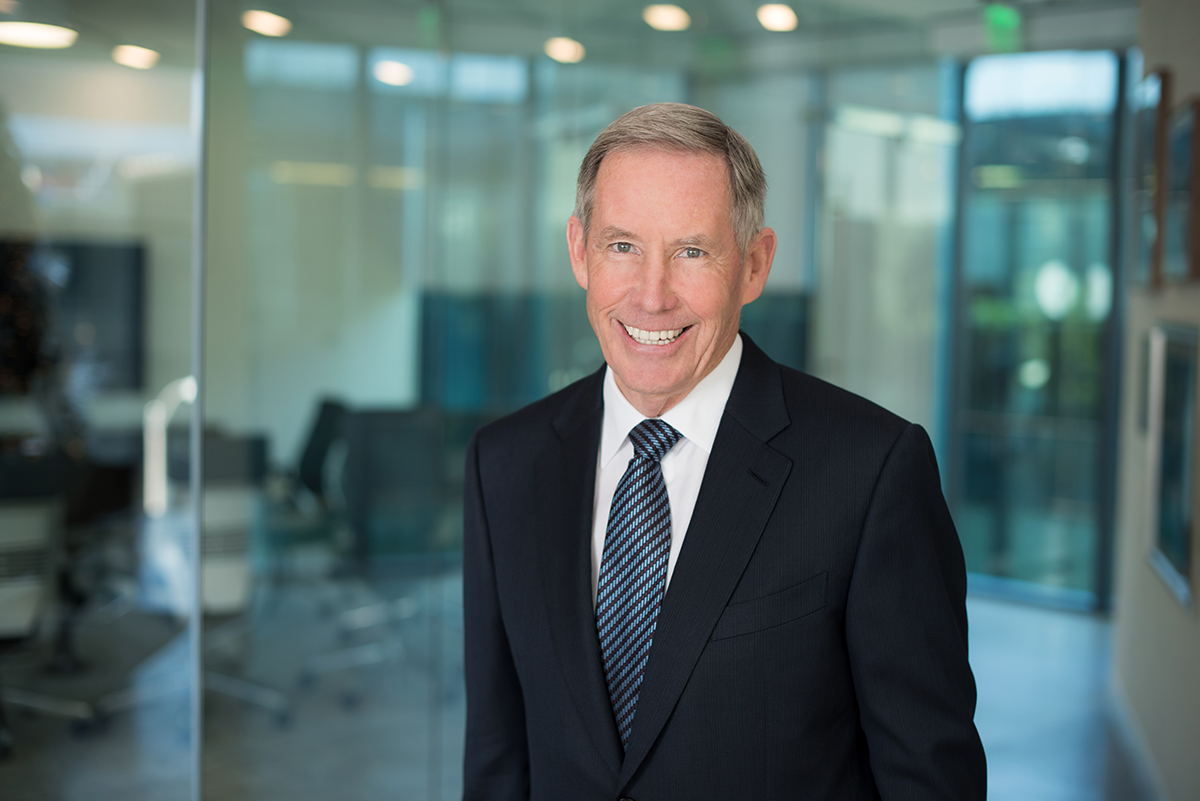
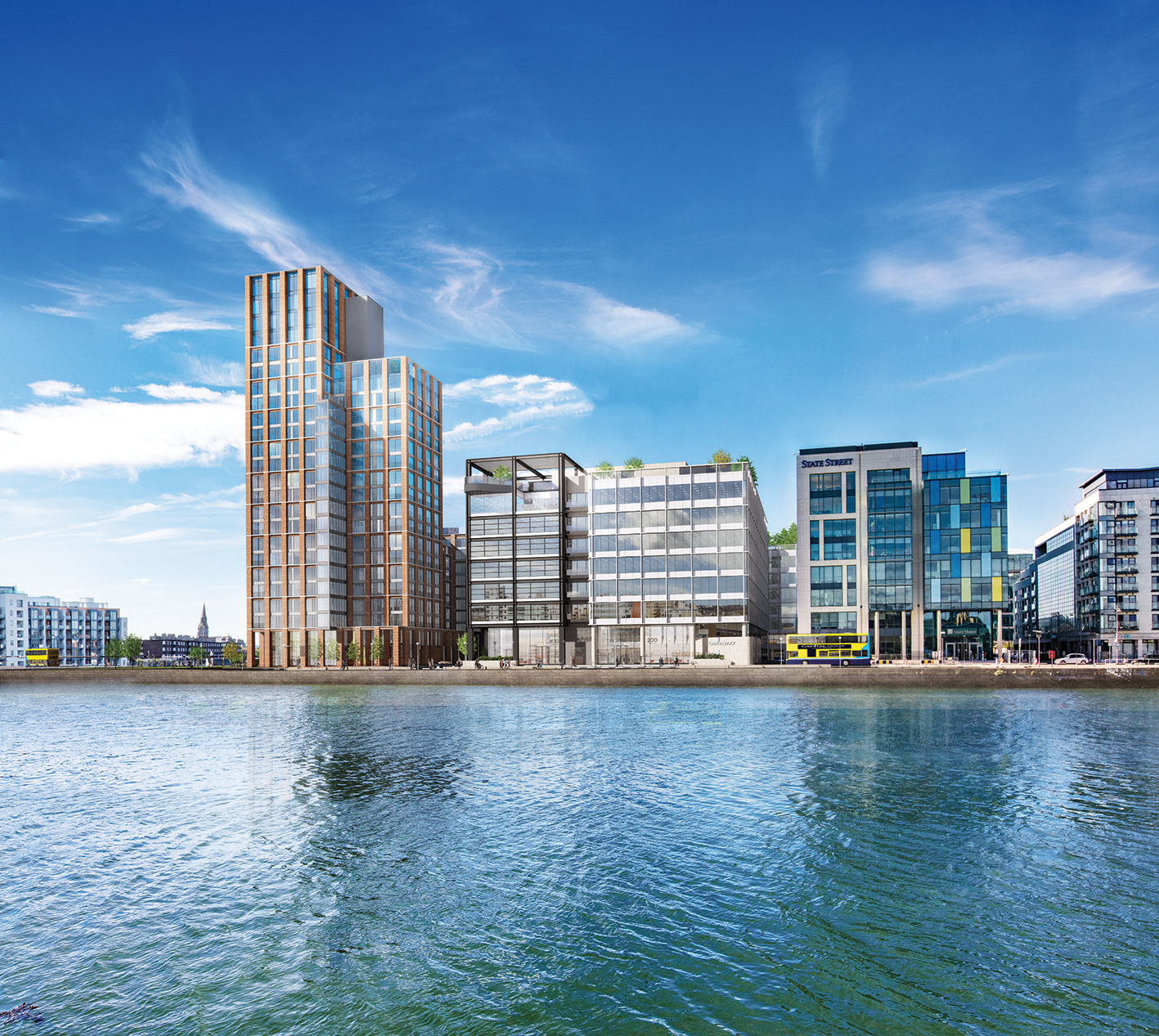
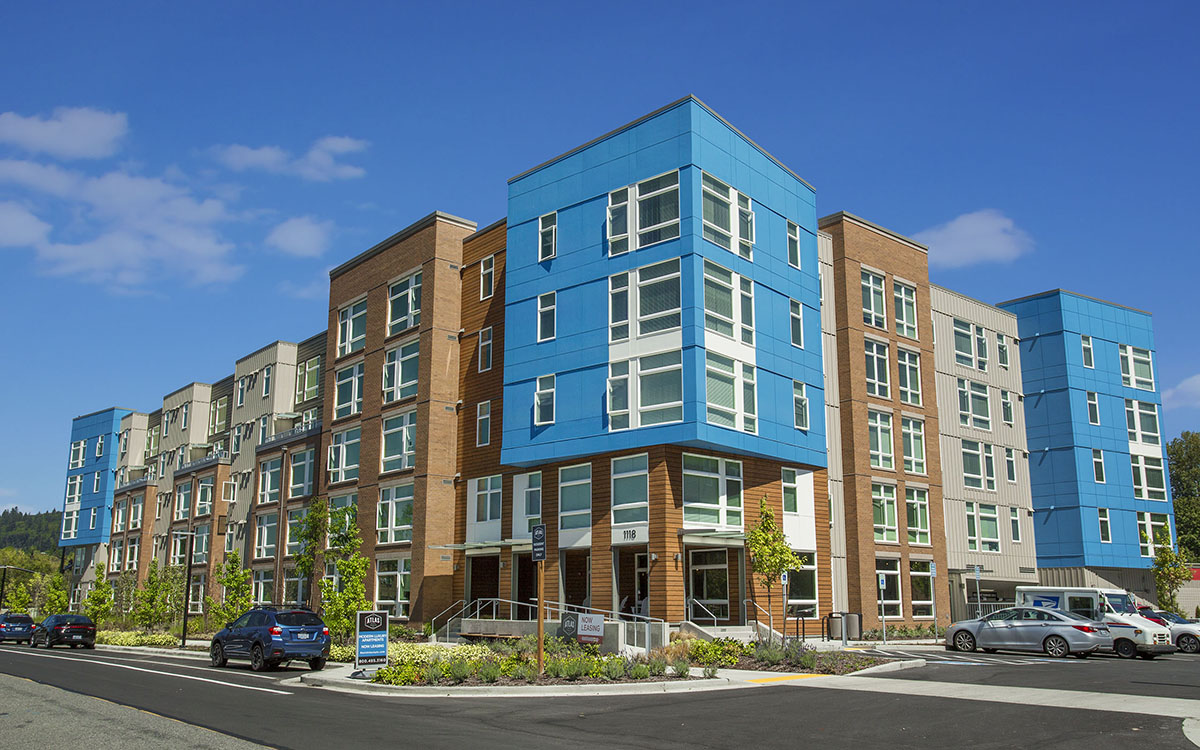
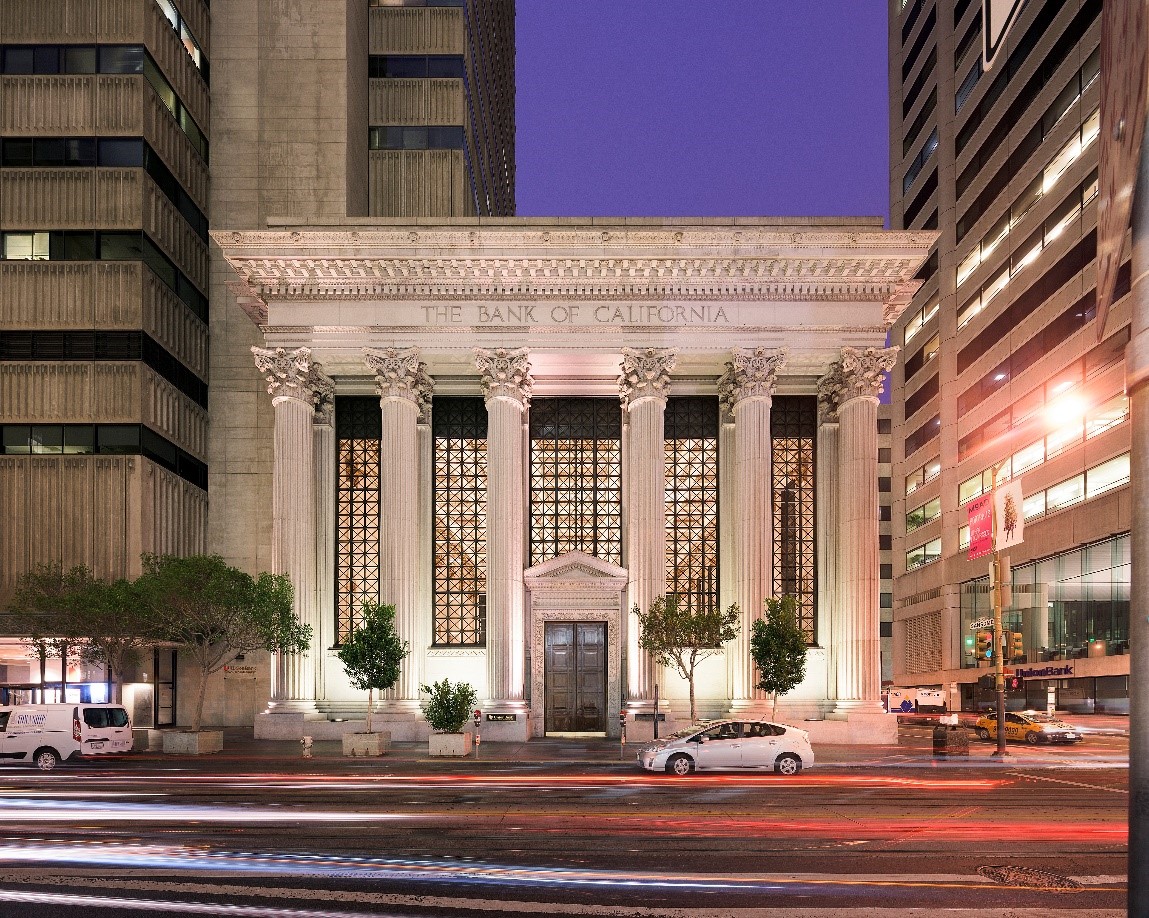
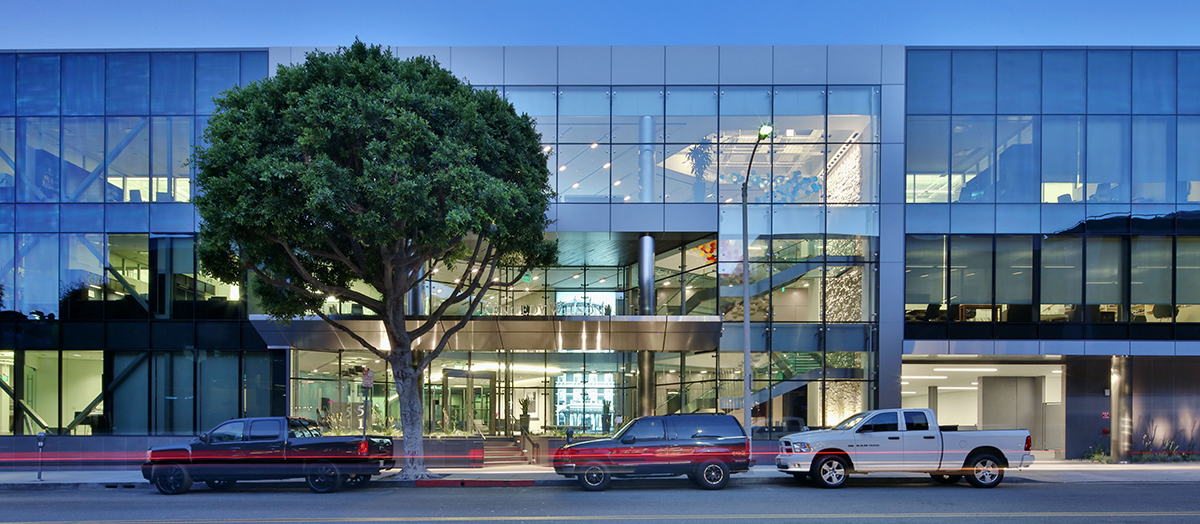
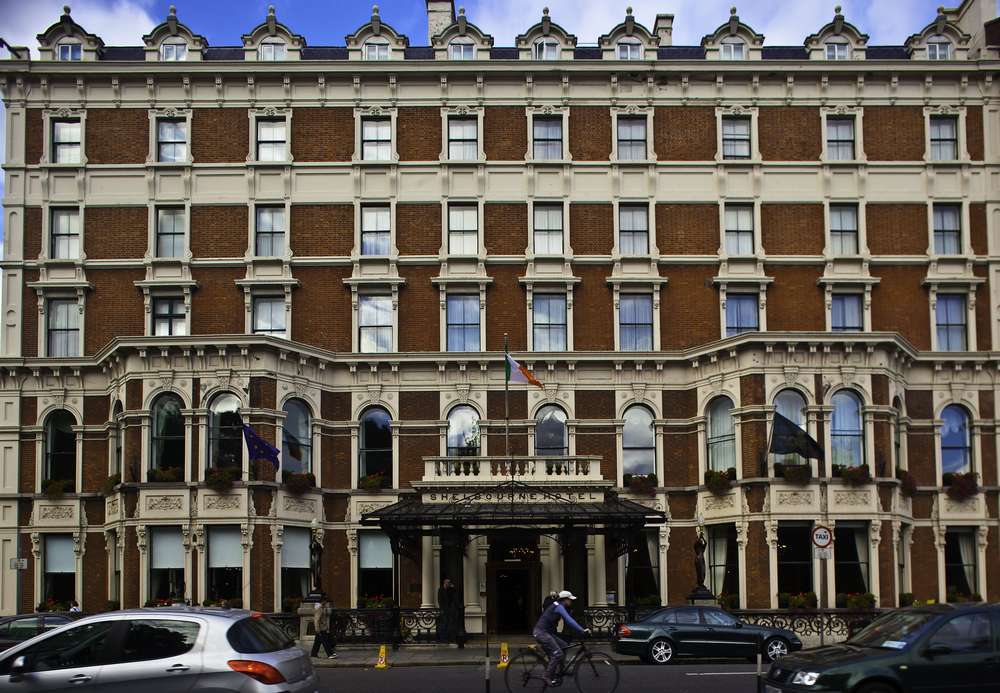
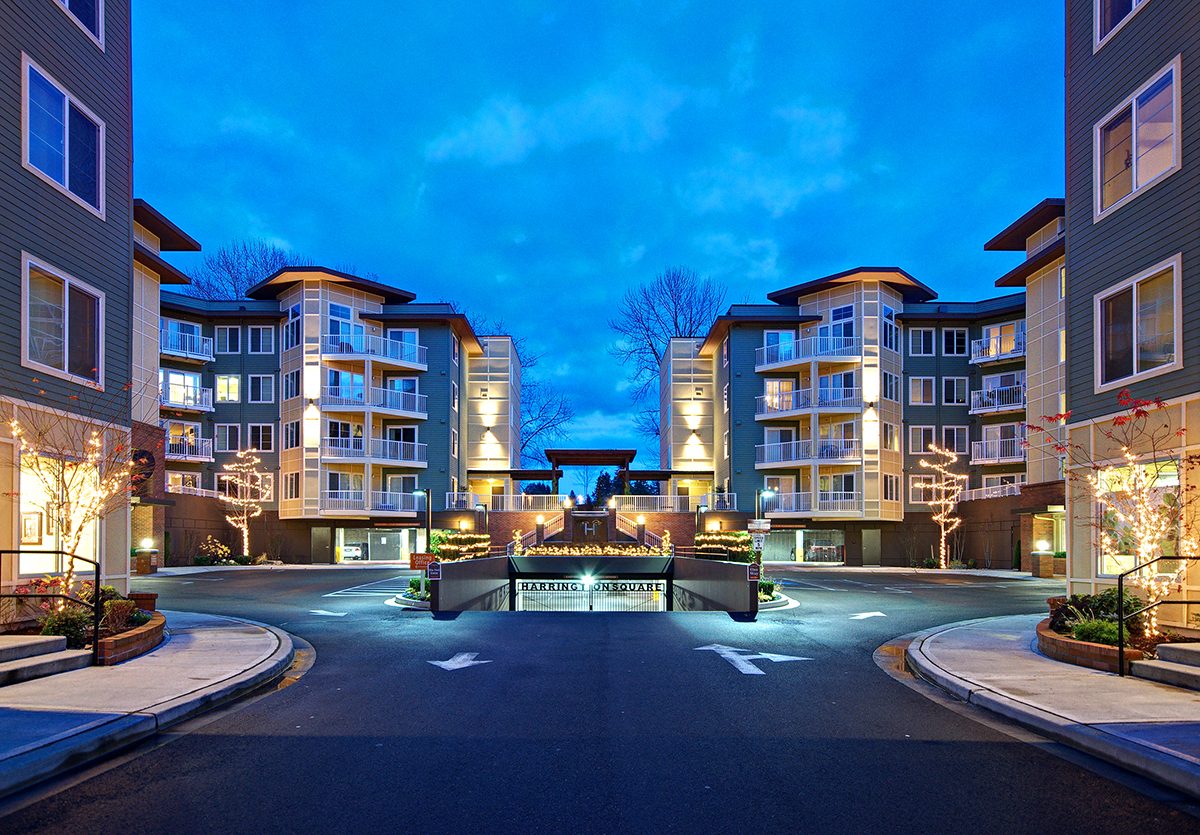
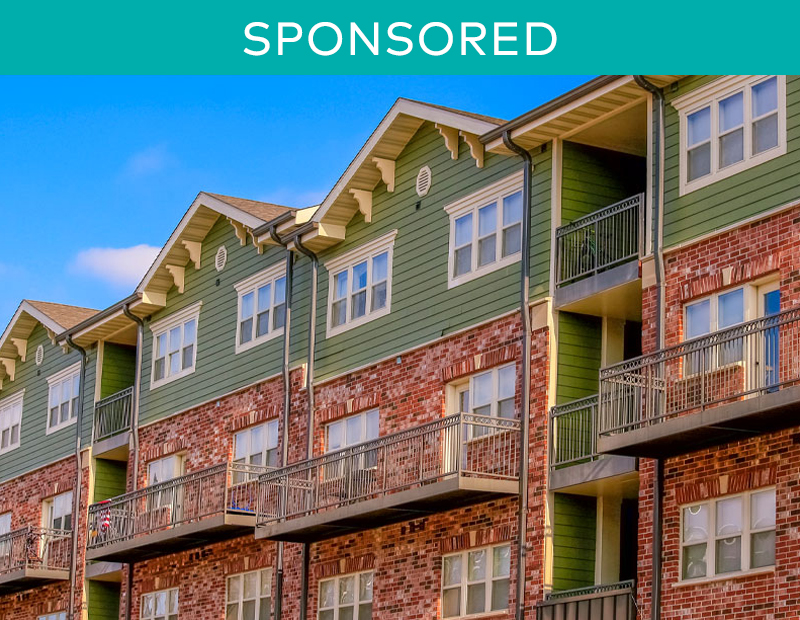
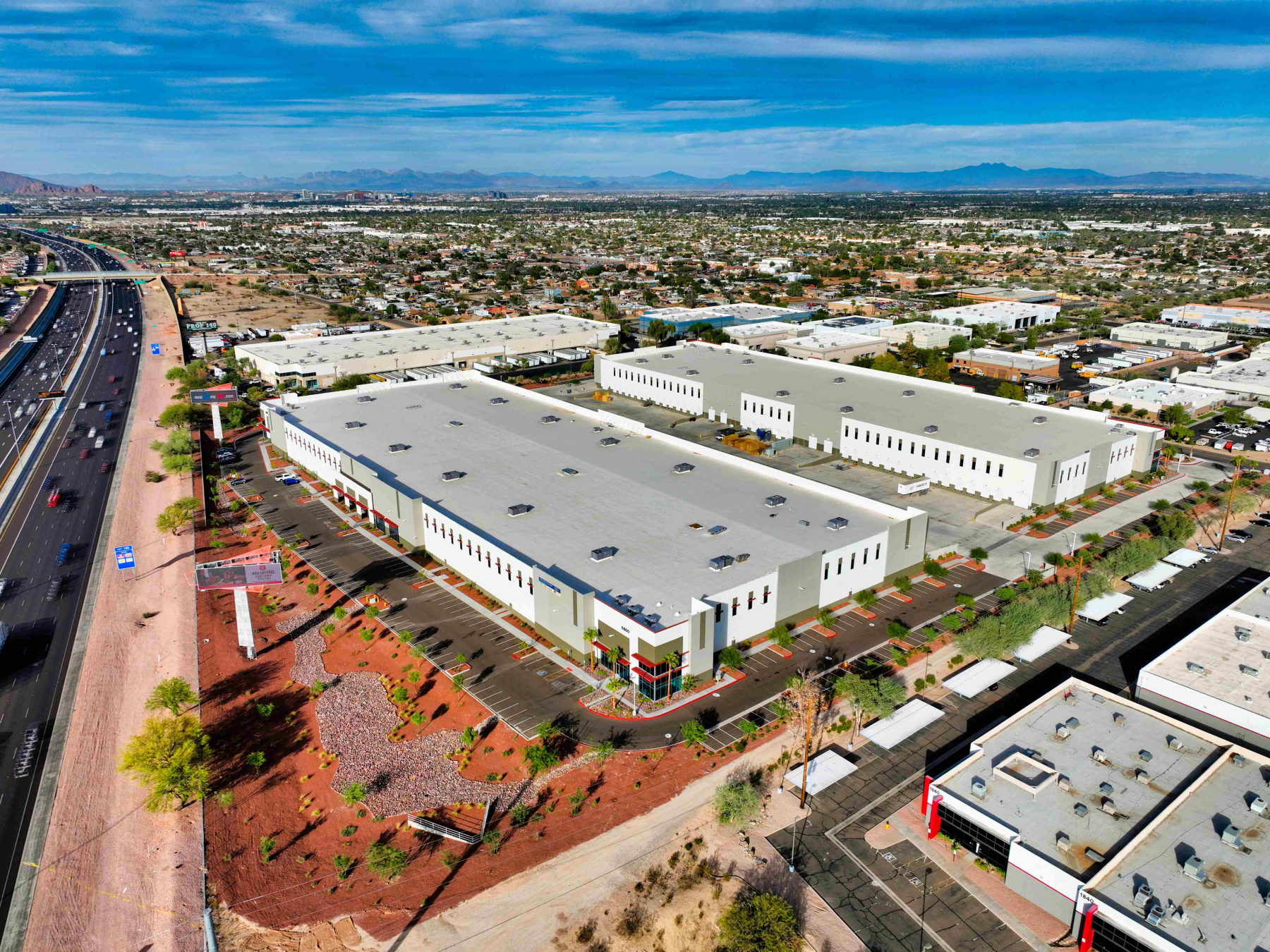
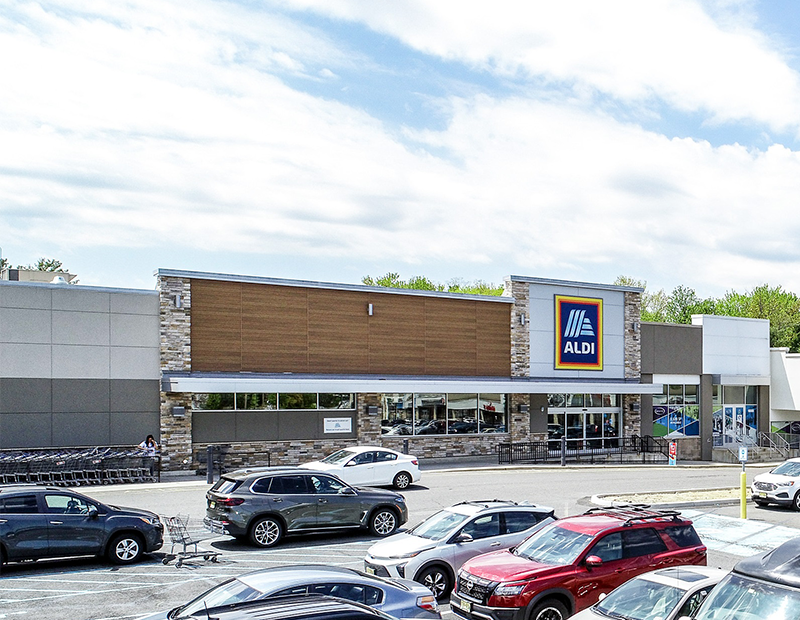
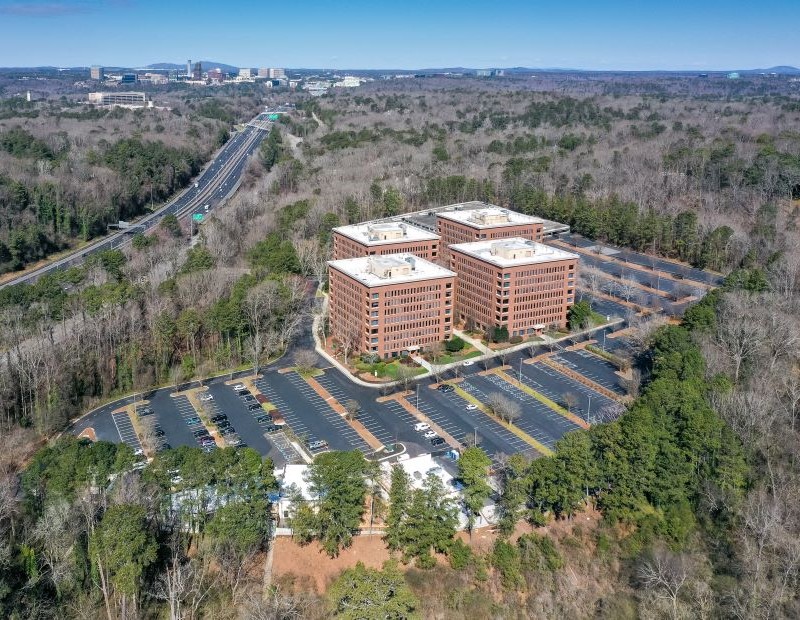
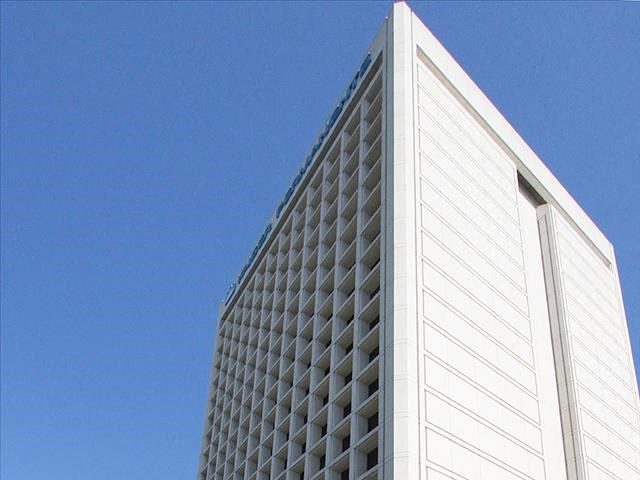
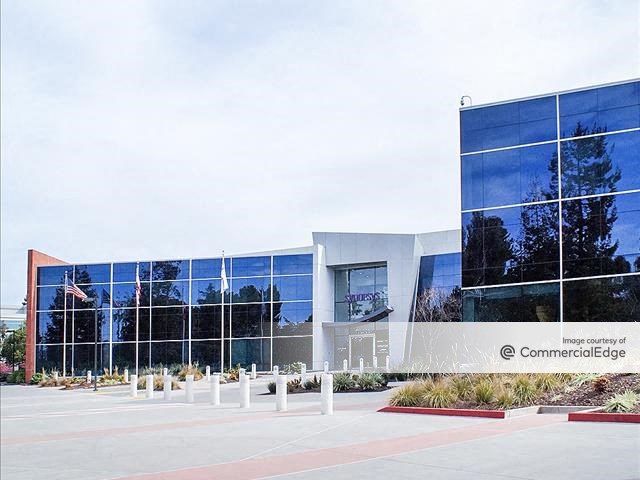
You must be logged in to post a comment.